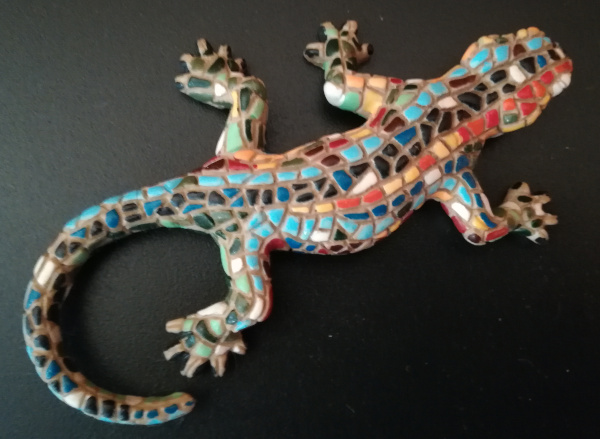Si trova su / Altri legami
© 2021 American Chemical Society.In this study, the carbon and chlorine isotope fractionation during ultraviolet–photolysis of polychlorinated biphenyls (PCBs, including PCB18, PCB77, PCB110, and PCB138) in n–hexane (Hex), methanol/water (MeOH/H2O), and silica gel was first investigated to explore their mechanistic processes. We observed a significant variation in λCl–C (ϵCl/ϵC) for the same PCBs in different photochemical systems, implying that PCB degradation processes in various photoreaction systems could differ. Although all substrates showed normal apparent carbon/chlorine kinetic isotope effects (C–/Cl–AKIE >1), the putative inverse C–AKIE of nondechlorinated pathways was suggested by 13C depletion of the average carbon isotope composition of PCB138 and corresponding dechlorinated products in MeOH/H2O, which might originate from the magnetic isotope effect. Significant negative correlations were found between C–AKIE and relative disappearance quantum yields ("φ") of ortho–dechlorinated substrates (PCB18, PCB110, and PCB138) in Hex and MeOH/H2O. However, the C–AKIE and "φ"of PCB77 (meta/para–dechlorinated congener) obviously deviated from the above correlations. Furthermore, significantly different product–related carbon isotope enrichment factors of PCB77 in Hex were found. These results demonstrated the existence of dechlorination position–specific and masking effects in carbon isotope fractionations.


